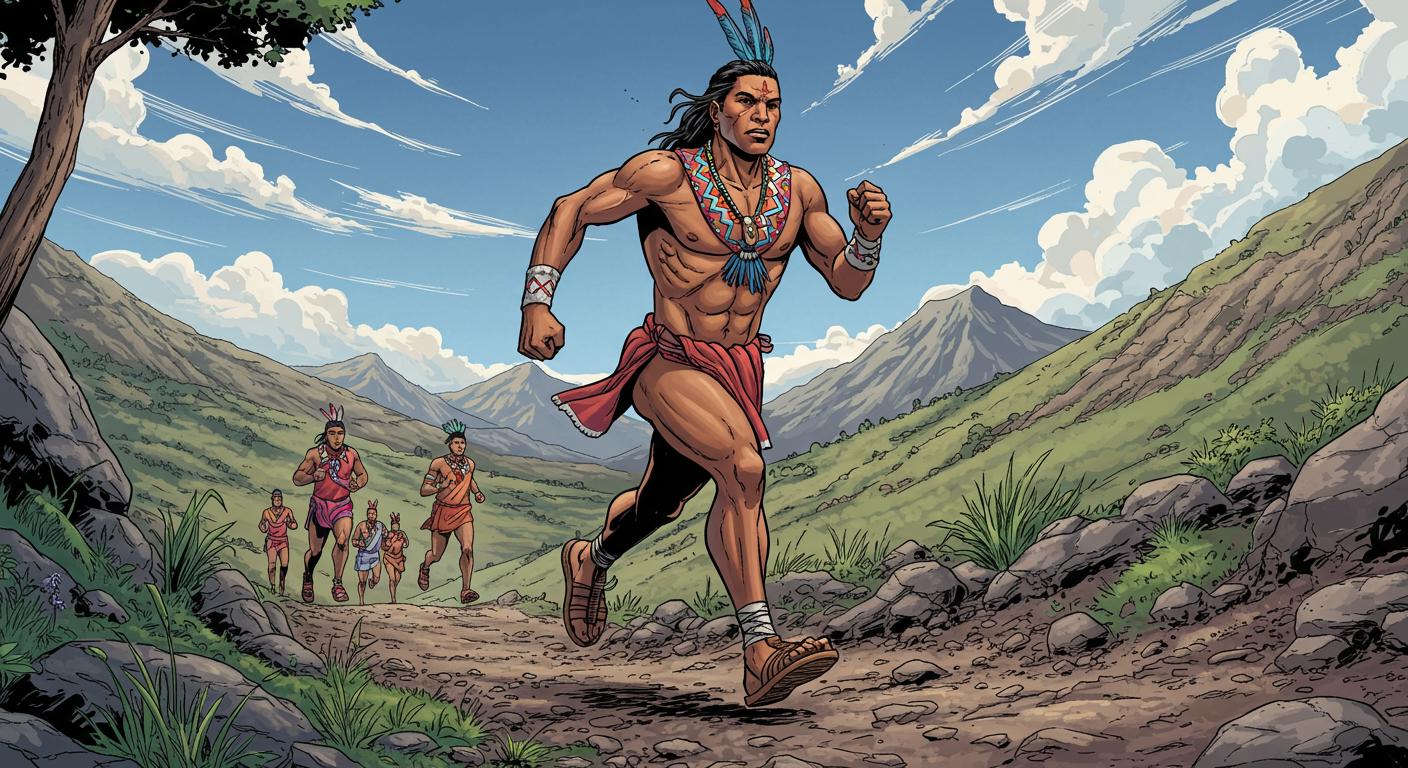There’s something oddly satisfying about watching the conventional wisdom on athletic performance upended by simplicity. According to Oddity Central, an Indigenous runner recently claimed victory at an ultramarathon while wearing traditional garments and, perhaps most eyebrow-raising of all, open-toed sandals.
Tradition Outpaces Technology
As detailed in the outlet’s report, the runner completed the ultramarathon—an event already daunting for most of us—without the benefit of modern, high-tech sneakers or moisture-wicking spandex. Instead, as described in Oddity Central’s coverage, the athlete competed in attire that many would consider a throwback in more ways than one. There’s a certain quiet humor in imagining rows of competitors laced up with sponsor-approved footwear, only to be bested by someone whose gear could have doubled as museum exhibit material.
Notably, the article highlights the contrast between traditional methods and the ever-increasing complexity of modern sports equipment. While much of today’s running world is shaped by carbon plates and energy-return foam, here we have evidence that thoughtful technique and cultural heritage sometimes outmatch innovation. It does leave you wondering just how many marketing departments shuddered at that finish line photo.
Rethinking Assumptions About Progress
Oddity Central notes that this accomplishment stands out against a backdrop of ultramarathoners who typically come wrapped in an arsenal of performance technology. The triumph challenges our assumptions that newer always means better, and that the latest version inevitably trumps the last. For those who follow trends in sport, it can seem almost ritualistic—invest in upgrades, shave a few seconds, repeat. Yet, according to the report, against all such trends, one runner with roots dug deep into tradition crossed the line first.
Given the backdrop, it’s hard not to see this as a gentle reminder that the most “advanced” solutions aren’t always the ones manufactured most recently. Could there be other longstanding practices hiding in plain sight, waiting to outperform their glossier descendants?
There’s Wisdom in the Old Ways
It bears repeating—most of us would have to be extraordinarily brave (or perhaps a little foolish) to attempt an ultramarathon in sandals. Yet, as Oddity Central documents, what’s routine for one culture can be radical in another. The achievement suggests “best” remains a moving target, defined as much by context and skill as by gear. Tradition and experience, it seems, are still powerful qualifiers.
So, the next time a shiny ad promises you the world for $299.99, it’s worth recalling that sometimes, the real secret weapon is quietly waiting in the back of the closet—as familiar, tried, and true as a well-worn pair of sandals.







